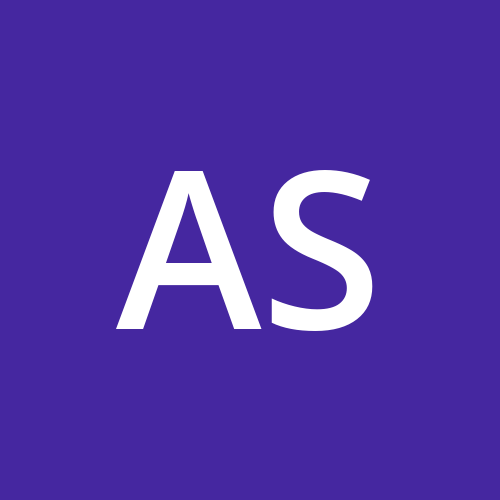HTML ( HyperText Markup Language)
 Abinaya Sampath
Abinaya Sampath🌐 Understanding HTML: The Backbone of Every Web Page
When you visit a website, you’re greeted with images, text, and clickable links that take you to other parts of the internet🛜 . But behind the scenes, what makes all of this possible? The answer lies in HTML – the language that forms the backbone of the web. 🖥️
What is HTML? 🤔
HTML (HyperText Markup Language) is the standard language used to create web pages. At its core, it’s a system of tags and attributes that tell your browser how to display the content on the screen. But HTML is more than just a technical language—it’s a tool that bridges the gap between humans and machines, allowing us to communicate with computers and instruct them on how to present the information we want to share. 📝💻
Breaking Down HTML ⚙️
HTML is composed of two fundamental parts:
HyperText 🔗
This refers to the system of linking different web pages. Every time you click a link and navigate from one page to another, you’re using hypertext. This aspect of HTML is crucial for creating a connected web, where users can jump between related content with ease. 🌍
Markup Language 🏷️
A markup language is used to annotate text, making it readable and structured for machines. In HTML, these annotations are called “tags.” Each tag tells the browser how to treat the content inside it.📝
Why HTML is Important 🚀
The beauty of HTML lies in its simplicity and human-readability. Even if you’ve never coded before, you can look at an HTML document 📃 and get a general sense of what each section of the page represents. This makes HTML incredibly approachable for beginners, while also being powerful enough for developers to create intricate, multimedia-rich websites. 🛠️
HTML also plays a crucial role in SEO (Search Engine Optimization). By using proper HTML tags and structure, websites can signal to search engines (like Google) what their content is about. 🔍 Search engines use this information to rank pages in search results, making HTML a key factor in determining a site's visibility.
Common HTML Elements 🧩
Here’s a look at some common HTML elements that are used to structure
Headings📝
<h1> to <h6> tags define the headings of a webpage. <h1> is the most important and is typically the main title of a page, while <h6> is used for less significant subheadings. 🏷️
Paragraphs🗒️
The <p> tag is used to define paragraphs to text. This helps in organizing content into readable sections.
Lists 📃
There are two main types of lists in HTML. Ordered lists(<ol>) create numbered lists, while unordered lists (<ul>) create bulleted lists.✔️
Links 🔗
The <a> tag is used to create hyperlinks, which link one page to another. These are the building blocks of the interconnected web. 🌐
Images 🖼️
The <img> tag is used to embed images in a webpage. Images help bring a visual element to your content, making it more engaging.
Conclusion 🎯
HTML may seem like a simple language, but it is the foundation of every webpage you visit. It helps structure content, connects web pages🌐, and ensures that both browsers🌍 and search engines 🔍 can display information properly. Whether you’re a beginner learning to code or a business looking to optimize your website for search engines, understanding HTML is the first step toward success on the web. 🌟
Ready to dive deeper into web development? Start experimenting with HTML today—it’s your gateway to creating powerful, connected, and visually appealing websites. 💻🚀
Subscribe to my newsletter
Read articles from Abinaya Sampath directly inside your inbox. Subscribe to the newsletter, and don't miss out.
Written by
